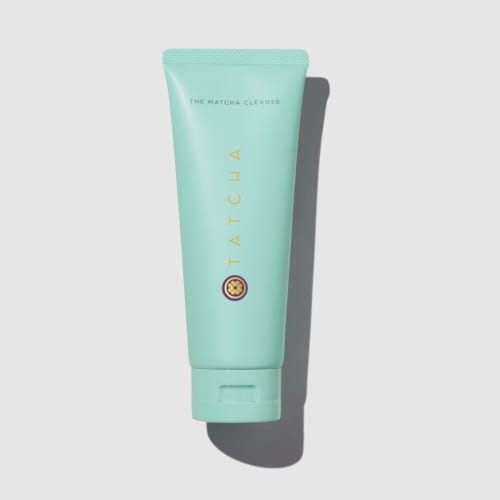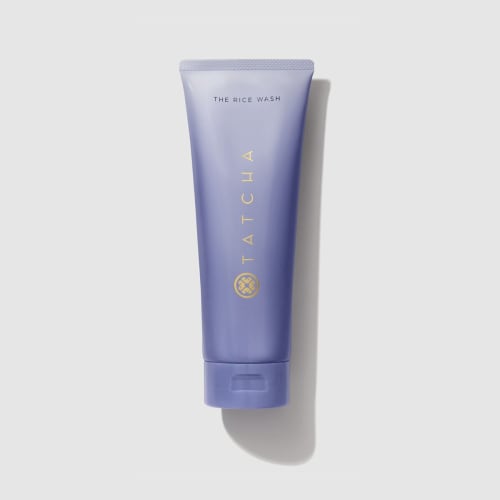All liquids have a “potential hydrogen” value, and since humans are mostly water, it follows that pH plays a role in many of our biological systems—including, if not especially, our skincare.

At the beginning of the 20th century, a Danish scientist coined the term pH, meaning “potential hydrogen”, to express the acidity of a liquid. A substance’s pH reflects many of its chemical traits, and the discovery gave scientists a way to represent this value using a simple and streamlined scale.
Before this, human skin was observed to have totally acidic layers and totally basic ones. Two decades after the establishment of the pH scale, a team of dermatologists found the average pH level of the skin to be about 5.5, which would put it on the slightly more acidic side of pH balance. Over time, studies have been done on pH levels local to different parts of the body, and found slight variation in places like the hands, those frequent targets of soaps and detergents.
For some of us, the letters pH evoke distant memories of chemistry class, and conjure the imagery of beakers and test tubes, not creams and lotions. But pH level is an important trait of your skin, and should be an important consideration in your skincare. Skin is, after all, mostly water; here’s how to care for it with pH in mind.
Your skin’s pH
Put basically, pH measures the concentration of hydrogen ions in a particular substance. (Another term you’ll hear for pH is “power of hydrogen.”) Pure water has a neutral pH of 7.0. An acidic solution has a larger concentration of hydrogen ions than water, while a basic, or alkaline, solution has a smaller one.
Throughout the human body, pH level varies—between 1 and 8, in human organs. In the skin, the range seems to be between 5.0 and 5.5, on the acidic side of things. This is why the outermost layer of skin is referred to as the “acid mantle.” Specific skin pH will vary between individuals (and is also likely to vary on different parts of the body) but typically stays within an acidic range. Physicians have known about the acid mantle for a long time, but have only recently begun to study how pH level affects—and facilitates—skin order and disorder.
A fun fact: Our skin’s pH is close to that of a medium-strong cup of black coffee.
Why it matters
We know two very important things about our skin’s pH. The first is that pH has an effect on all sorts of skin mechanisms, like the creation of lipids, and the regulation of barrier function. You can almost think of it like a temperature setting; there’s an optimal range for skin’s metabolism to function at its best, but outside of that range, disruptions can occur. A report published by the Japanese Dermatological Association correlated a high pH and disrupted barrier function in skin affected by an inflammatory disorder like eczema.
The other important thing to keep in mind is that skin’s pH is not fixed, and can change when it comes into contact with other substances. According to a 2006 article in the International Journal of Cosmetic Science, “not only prior use of cosmetic products, especially soaps, have profound influence on skin surface pH, but the use of plain tap water, in Europe with a pH value generally around 8.0, will increase skin pH up to 6 [hours] after application before returning to its 'natural' value.” Genetics, as well as environmental factors, can also have an impact on skin’s baseline pH.
Balancing skin pH level
What we don’t want to do is alkalize our skin. Raising skin’s pH inhibits its ability to do things like create structural proteins. Maintaining skin’s acid balance is the role of buffers, which operate throughout the body’s various systems. But when those buffers need help—in aging skin, or during an inflammatory response—you can assist with a few pH balancing skincare tips.
Never over-exfoliate. All beauty lovers have been tempted by the promises of acids. But even though our skin is slightly acidic, using too many acids at once can not only cause a reaction, but can also throw off your skin’s pH balance. An exfoliating mask once in a while is always a good idea, but not at the expense of your acid mantle.
Always moisturize. Physicians have observed that emollient products, like skin-mimicking squalane, can help maintain skin’s healthy acidity; another reason never to skip on your moisturizer.
Try a pH-balanced cleanser. Because soaps and face washes are typically more basic, it’s important to keep their pH figure in mind when choosing your face cleanser. A substance that is pH balanced isn’t pH neutral—that would be water—but is instead within a range close to skin’s inherent, slightly-acidic pH.
The best skincare for skin pH balance
The best skincare for maintaining the pH balance of your skin sits, unsurprisingly, toward the acidic side of the pH spectrum. One Allure report spoke to dermatologists and composed an effective skincare spectrum of between a pH of 4 (acidic) and 7 (neutral).
The best place to manage your skincare’s pH balance is in the cleanser category. Nowadays, as our understanding of how pH affects our skin has increased, so has the number of formulations designed to work with our acid mantles.
Tatcha’s brand-new Matcha Cleanse is one such formula. The gel rubs into a lightweight foam that comfortably cleanses skin, keeping skin pH (and sebum) balanced in the process. The Matcha Cleanse is formulated in particular to honor oily skin, with Kyo-matcha and BHA alternatives. (It also leaves a priming effect in its wake.)
Tatcha also offers The Rice Wash, a creamy cleanser, which imbues a pH-neutral amino acid base with a finely milled Japanese rice powder. Unlike other pH-neutral cleansers, it foams into a lather, leaving skin silky, smooth, well-moisturized, and—most importantly—properly pH-balanced.



